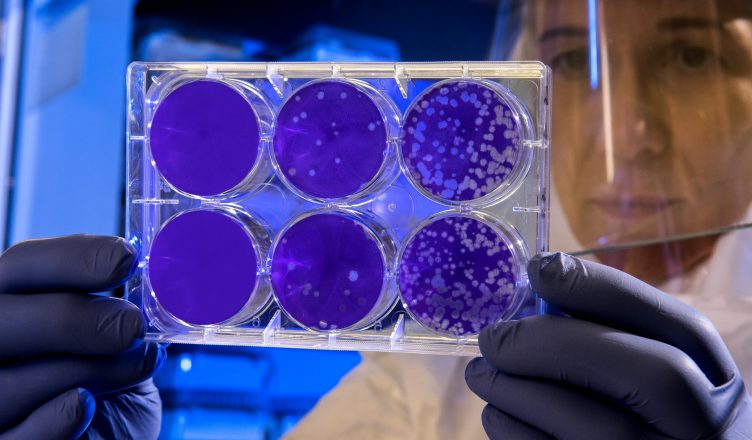Bacteria and viruses are everywhere. They have been around and inside us ever since we have lived on the planet. Most of them are relatively harmless, but some of them have been known to wreak havoc on our bodies, or even on our minds. Here are the top 10 deadliest diseases that have plagued humans since the beginning of time.
10. Hantavirus
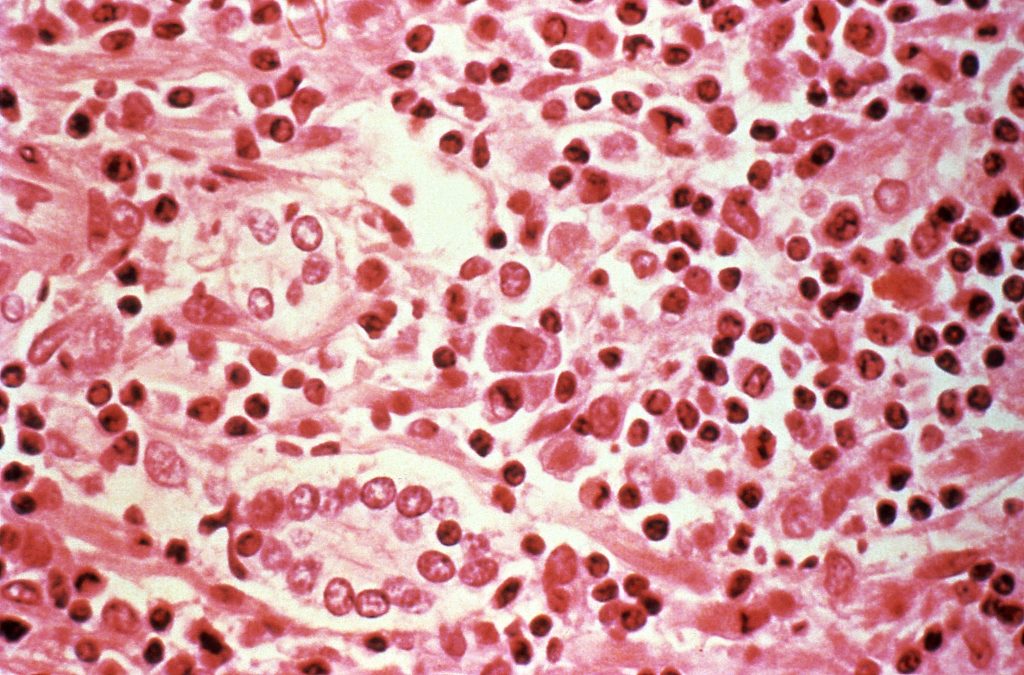
Hantavirus are a group of viruses that are harbored by rats. While rats are totally unaffected from carrying these viruses, it’s a different story for us humans.
There are two types of Hantavirus that are recognized, the Old World and New World variant. They cause the diseases Hemorrhagic Fever with Renal Syndrome (HFRS) and Hantavirus Pulmonary Syndrome (HPS) respectively. HFRS occurs mostly in European and Asian countries, while HPS show up in the Americas area.
Humans can pick up these virus by handling infected rodents. The risk of catching the virus is even higher when bitten by a rat or breathing in the virus near their droppings. Luckily, most strains of this virus cannot be transmitted from one human to another, but the death rate is as high as 38% after catching the virus.
In the fatal stage of both diseases, HFRS causes low blood pressure and kidney failure, while HPS lead to pneumonia-like symptoms such as retention of lung fluids and breathing difficulties. While there is no vaccine for this virus, we can avoid getting it by not touching wild rodents and staying away from their feces.
9. Tularemia (rabbit fever)
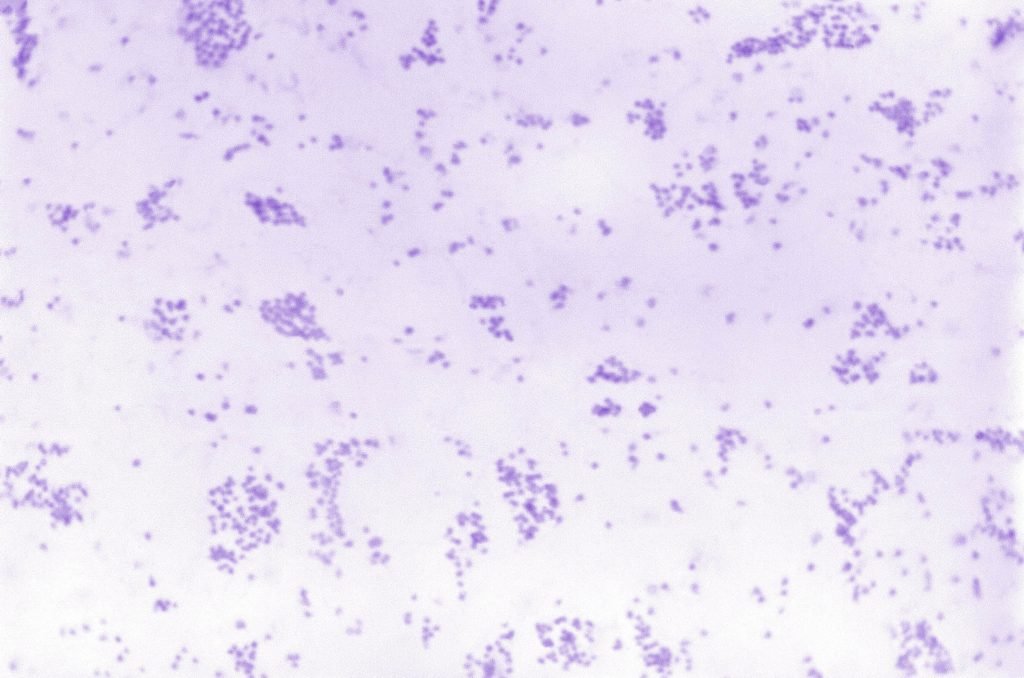
Tularemia, or rabbit fever, is a sickness that usually affect rabbits. First discovered in 1911 in Tulare, California, this disease is caused by the bacteria Francisella Tularensis. Touching an infected hare or getting stung by a deer fly or tick carrying the parasite can spread this disease to humans.
There are six types of infection, depending on where the bacteria entered the human body. Each type has its own unpleasant symptoms. This crafty bacteria avoids the body’s immune system by hiding out in a type of white blood cell called macrophages when they come to ingest these foreign invaders.
The most common form of infection is Ulceroglandular tularemia, when the bacteria enters the human body through the skin. A rash or blister develops at the place where the bacteria first infiltrate the body, with fever and swollen lymph nodes following quickly.
Glandular tularemia is extremely similar to the Ulceroglandular form, minus the rash. People which develop this form of infection get it when virus enters the skin but no not have skin conditions showing up.
Oculoglandular tularemia happens when the bacteria enter the body from the eyes. This causes the rash to develop on the inside of the eyelid, which is a painful and untouchable place. Other symptoms include swollen and red eyes that are sensitive to sunlight.
Oropharyngeal tularemia occurs when people eat undercooked infected rabbit meat, or drink water that harbor the parasite. Ulcers form in the mouth and throat, causing the infected person to throw up and have the runs. Lymph nodes in the neck can become swell up as well.
The next form is pneumonic tularemia, where the sick person has symptoms very similar to those suffering from pneumonia. These symptoms include dry cough, breathing difficulties and chest pain as the microbe run amok in the lungs.
The most severe and rarest form of the illness is Typhoidal tularemia, which happens when the bacteria attacks multiple organs in the human body. These attacks cause enlarged spleen and liver, high fever and pneumonia. This condition is extremely dangerous as the condition of the infected person can rapidly decline.
Fortunately, rabbit fever cannot be spread from person-to-person. While there is no vaccine for this disease yet, antibiotics are usually effective in killing these bacteria if treatment is given on time.
8. Smallpox

Smallpox is caused by viruses from the Variola family. In ancient times, the death rate of this disease was as high as 30 percent, and survivors of the virus were left disfigured with scars. Originally discovered more than 3000 years ago, it was only globally eradicated in 1980 by vaccine with joint efforts between the World Health Organization and countries all around the globe.
Smallpox spreads rapidly from one human to another. When a human first gets infected, the pox appear in their mouth and throat. Bodily contact with the infected rapidly infects the person touching them. Although smallpox can be transmitted by air, such transmissions rarely occurs. Other than rashes, symptoms of smallpox include fever, coughing and sneezing.
As the virus does not occur in nature anymore, chances of catching it is extremely rare. The last samples of Smallpox are sealed in US and Russian labs. In the unlikely event of getting the virus, vaccines are available to stop the infection before it’s too late.
7. Bubonic plague

The Bubonic plague, or simply known as The Plague, is responsible for the infamous Black Death in the thirteen century. This disease is so deadly that it was the main culprit in all three Great Plagues that swept across Europe. The Plague is caused by the Yersinia pestis bacteria.
This bacteria is spread by fleas, which hitch a ride on rats travelling on ships around the globe. While better hygiene has seen the number of plague cases massively decrease in humans, many small mammals are actually carrier of the bacteria. The bacteria does not affect these mammals, but can jump to humans when getting bitten by a squirrel or wild rabbit.
After contracting the virus, the typical symptoms are swelling of lymph nodes, fever and flesh literally rotting off the still living body of the patient. This condition is known as gangrene. The patient can quickly deteriorate and die if no treatment is provided. Luckily for us, technology has advanced enough to produce a cure for this deadly disease.
6. Anthrax

Anthrax is a disease which is caused by the bacteria Bacillus anthracis. Other than humans, this disease also affect livestock such as cattle, sheep and pigs. There are three different places where this bacteria can attack humans, namely skin, lungs and intestines.
Humans can get Anthrax skin infection when the bacteria enter the body through a scrape or wound when touching an infected animal. When that happens, an abscess is formed at the site of infection. Although painless, infected skin can be very unpleasant to look at. This is the most common and least deadly form of Anthrax, as fatality rate is only about 20 percent if left untreated.
When Anthrax infection occur in the lungs, the first symptoms are fever, fatigue and cough. Some people experience shortness of breath as well. Since these symptoms are so similar to a flu, most people ignore them and hope it goes away on its own. Over the next 48 hours, symptoms such as puking and chest pain occur. Pneumonia soon follows, and if the person is not treated by then, the death rate is as high as 90 percent.
For intestinal Anthrax, the symptoms are stomachache, diarrhea and intestine inflammation. This happens when a human eats the meat of an infected animal. Moving within the bloodstream of the human, the microbe circulate throughout the body. This is the most uncommon form of Anthrax, with a casualty rate of 25 to 60 percent, depending on how early medication is administered.
People who work with livestock like farmers should protect themselves from this disease by wearing disposable gloves when handling sick animals.
5. McHV1

McHV1, also known as the Herpes B virus in humans, is a virus that primarily infects macaque monkeys. This virus is not detectable in the blood as it travels around the body via the body’s sensory nerves, and can infect humans when humans get scratched by infected monkeys. Human-to-human transmission is possible but rare, and only happened in one case of this disease.
Symptoms of the disease in humans include fever, headache and muscle ache. There are usually small rashes at the place where the human got injured by the monkey. Left untreated, the virus can lead to brain damage, coma and death.
It is not easy to contract this virus in the first place due to it being passed from monkey to human. Unless you work regularly with monkeys, there is no need to fear catching this ailment, but avoid being scratched by one just to be safe.
4. HIV

HIV, or Human Immunodeficiency Virus, is a group of retrovirus that attacks the human immune system, causing AIDS (Autoimmune Deficiency Syndrome) over time if untreated. When the immune system is disabled, deadly diseases like cancers and pneumonia can run unchecked in the body. Simple illnesses like coughs and flu can become life threatening due to the body’s lack of defense against any bacteria or viruses.
Most people get HIV from intercourse with an infected person, or by blood transfusion from someone carrying the disease. Transfer of bodily fluids such as blood or semen pass the virus onto another person. Many people who are unaware that they are carrying the virus only find out when they attempt to donate blood. An unborn child can also get the virus from his or her mother if she’s infected.
With over 32 million people killed by the virus since the time HIV was discovered, this virus is one of the most destructive virus in the modern world. Originally discovered in 1920 in the Democratic Republic of Congo, this virus spread rapidly for the next 60 years, reaching the United States in 1981.
Although the virus has been around for a century at the time of writing, and there are antiretroviral to control the virus, there is still no sign of a cure. While the antiretroviral slows the spread of HIV by reducing the amount of virus in the bloodstream, if the medication is stopped even for a single scheduled dose, it gives the virus the chance to quickly bring its numbers back up, causing HIV to run rampant in the patient’s blood again.
3. Marsburg
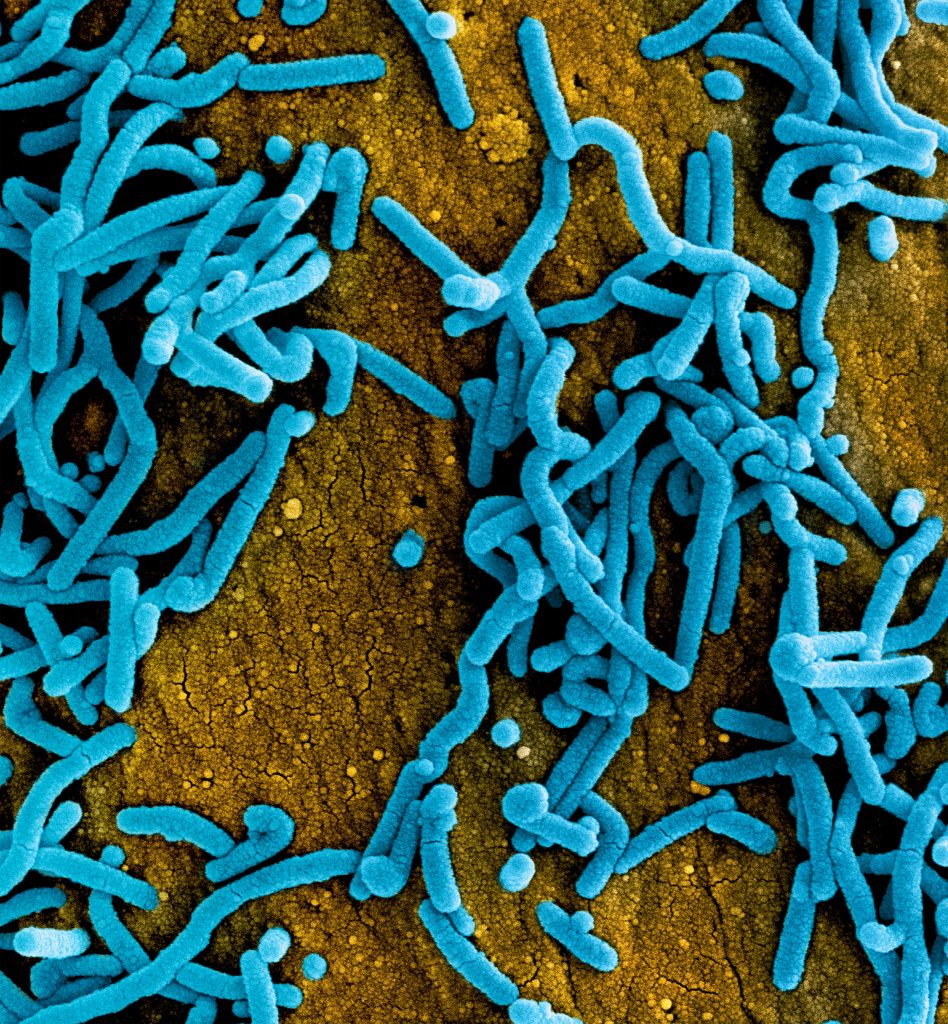
The Marsburg virus is a member of the filovirus family, which is the family to other viruses such as Ebola. Naturally occurring in fruit bats, this disease can be transmitted from bat to human by touching bat excretion or simply by breathing in air close to the bats. Human to human transmission occurs by touching body fluids of an infected person.
Like Ebola, symptoms are fever and headache after about 5 to 10 days of getting the virus. A huge rash on the person’s chest, back and stomach can form. Internal and external bleeding from the mouth, anus and nose occur when the virus is allowed to continue ravaging the body. By day 8 or 9, untreated patients usually die from massive blood loss. The virus can stay up to a year in the human body after treatment, and tests must be done on a regular basis to ensure that medication is keeping the virus under control.
The Soviet Union once considered Marsburg as a potential bioweapon possibility during the Cold War, due to its rapid infection and high death rate of up to 90 percent when left untreated.
2. Ebola
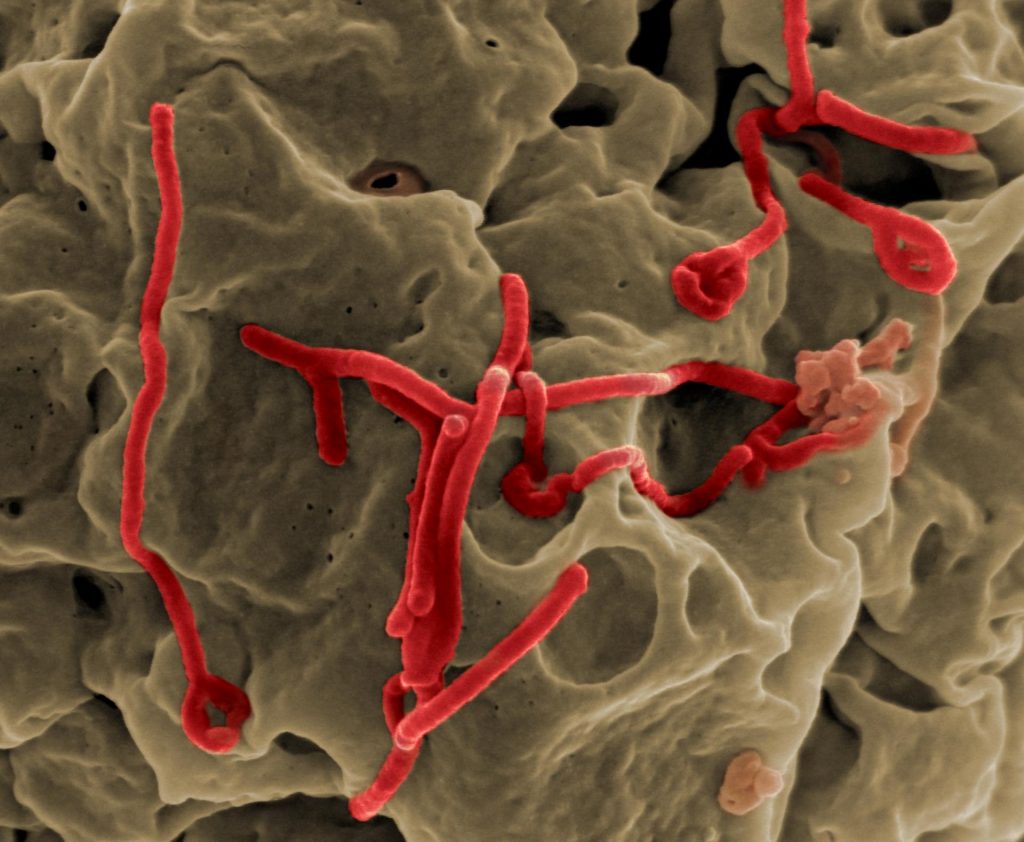
Ebola is a deadly disease caused by the ebolavirus, which infects only humans and other primates such as chimpanzees. There were several outbreaks of this virus in several African countries which caused the death of over ten thousand people just within 2 years.
After contracting the virus, symptoms start to show roughly 2 to 18 days later. Starting with fever, sore throat and headaches, infected people usually don’t take it seriously until vomiting and rashes set in. By then, the virus would have ravaged the liver, kidneys and other vital organs, leading to diminished function in these organs. Internal and external bleeding can also occur.
The first case of the virus is widely believed to come from a bat or a primate. The virus then is transmitted from human to human via bodily fluids such as blood or saliva. By hiding in parts of the body where the immune system cannot reach such as the central nervous system, antibodies are unable to destroy the virus. Healthcare workers are required to wear protective suits when treating a patient due to the way the virus spreads.
Fifty to ninety percent of all people who contract Ebola dies. There is no known cure for this virus, but fortunately there’s a vaccine for the disease, known as Ervebo.
1. Creutzfeldt-Jakobs

Creutzfeldt–Jakob disease is a disorder that causes rapid degradation of brain cells, leading to dementia and death. Similar to Alzheimer’s disease, it causes the sufferer to lose their memories. The disease damage brain cells and causes tiny fissures in the brain. After initial diagnosis, most people die within a year.
This condition is caused by certain proteins known as prions when they become unnaturally folded. This causes an array of symptoms such as hallucination, changes in personality, depression, anxiety, thought impairment and suddenly body jerks. The ‘bad’ prions spread to other proteins, getting them to fold in the wrong way as well, causing rapid brain degeneration.
There is speculation that the disease can be contracted when humans eat beef contaminated with mad cow disease, since mad cow disease causes similar symptoms in cattle. Cannibalism has also been thought to be a possible cause for this disease.
There is no cure or vaccine for this disease, so you can minimize your risk by not eating diseased cows or other humans.
Bonus: Glanders

Glanders is a disease typically affecting the horse family, including donkeys and zebras. The bacteria causing this disease Burkholderia mallei can jump from horses to humans, when humans touch infected tissue or bodily fluids of infected equines. The bacteria then enters the human body through scrapes or nose and eyes.
This disease can spread from human-to-human, as the bacteria is known to be aerosol as well. Symptoms of the virus include lung tissue damage, chills, cough and fever. The microbe is known to cause septic shock and death within days, especially if the person has contacted the acute form of the disease.
This bacteria have been long considered as a potential candidate for making bioweapons, since there is no cure for Glanders, and that it only takes a tiny amount of them to kill a human.
Do you know of more deadly diseases? Leave your comments below!

